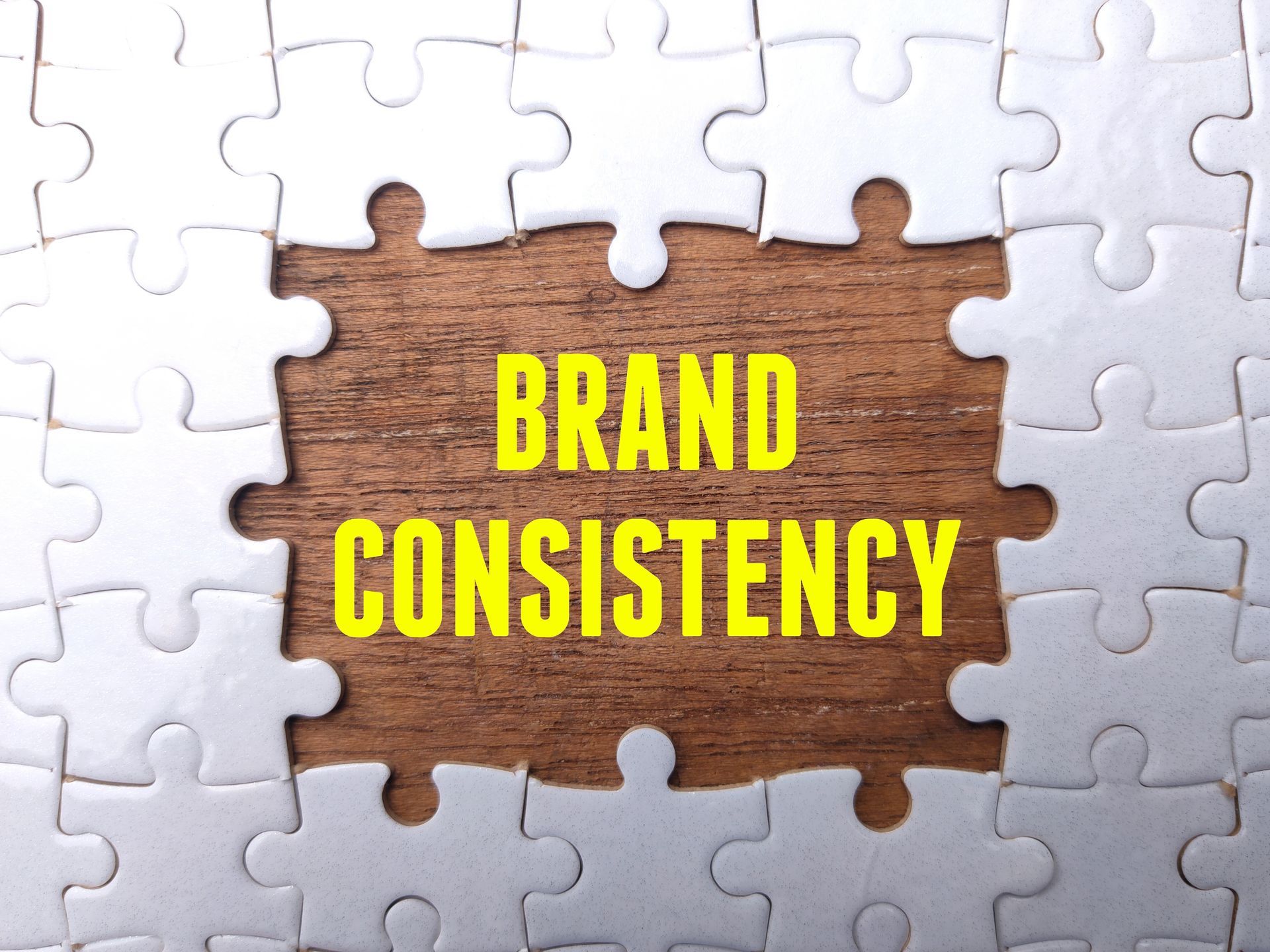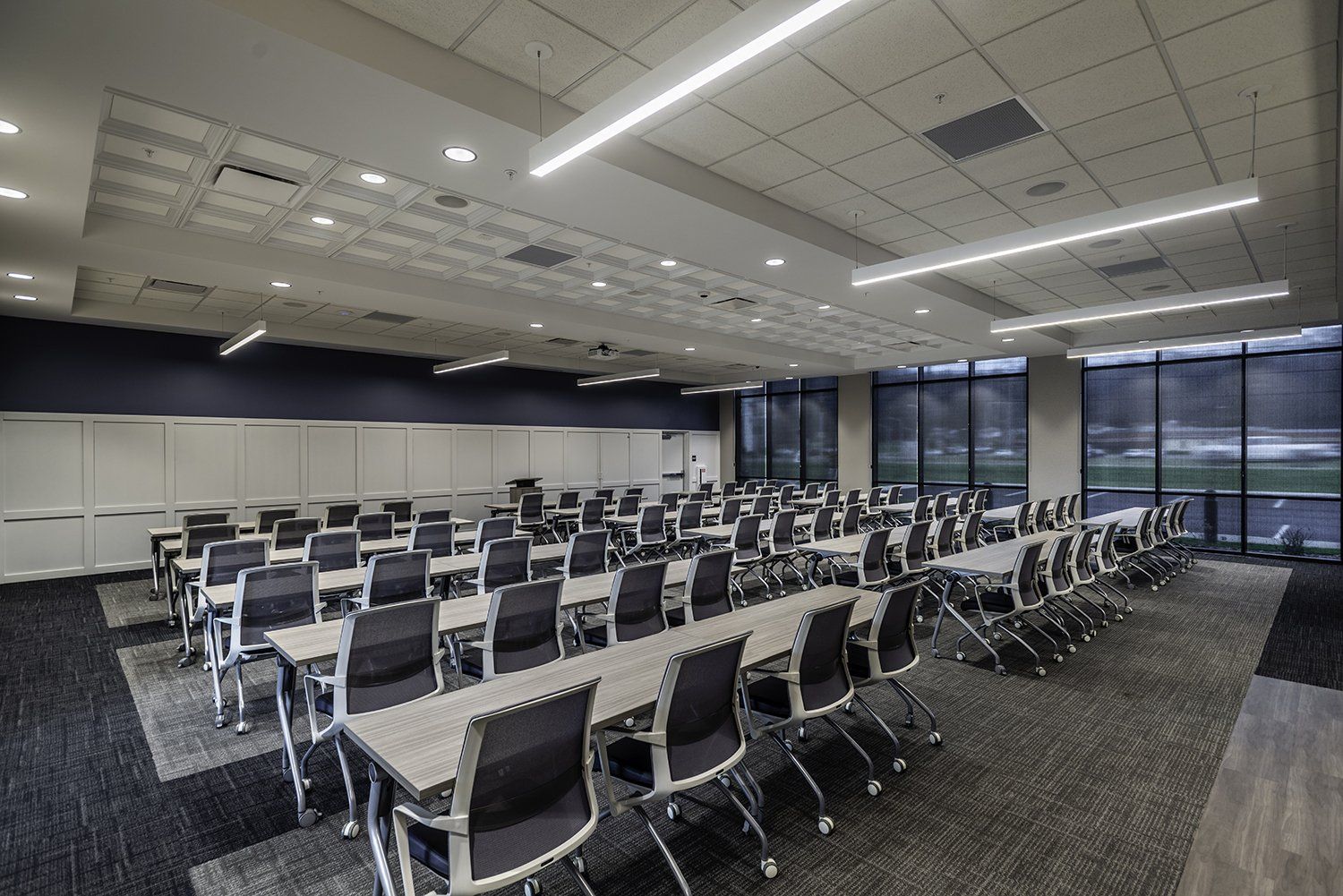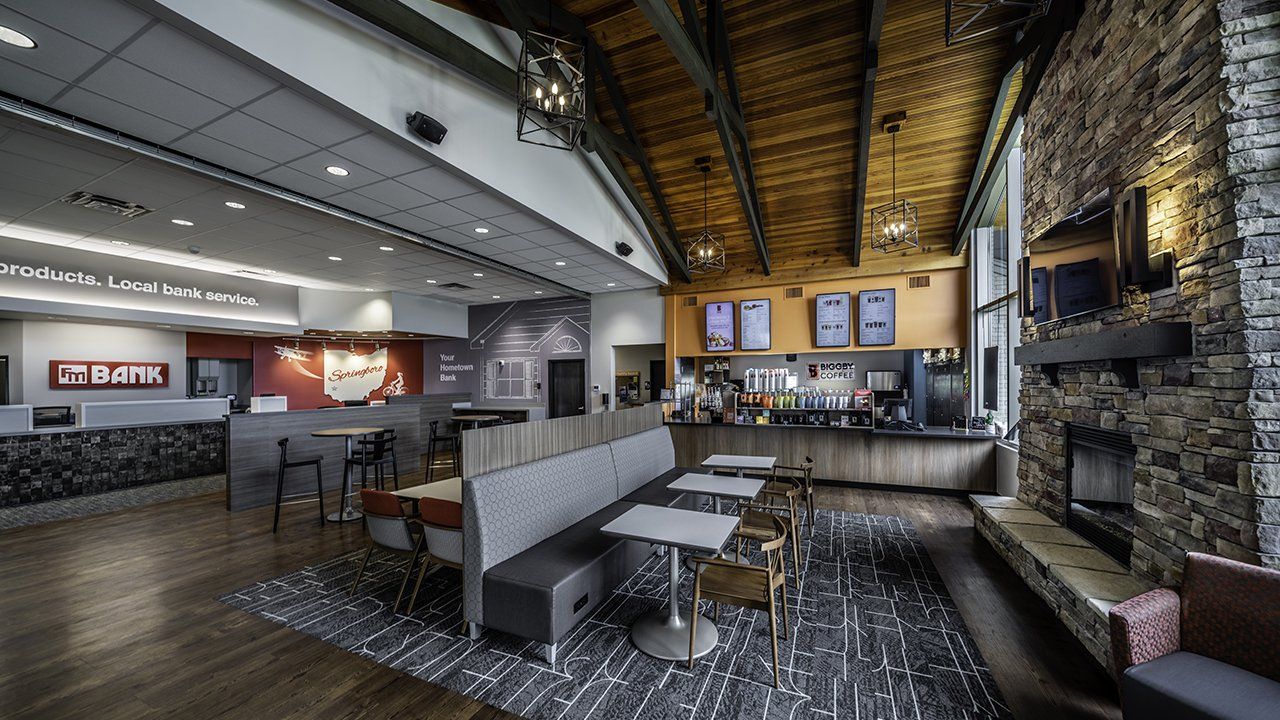Menu
Follow us on:

HURRICANE HARVEY, ZONING AND THE COMMON GOOD
“WHAT IS RESILIENCE? Resilience is the capacity of any entity—an individual, a community, an organization, or a natural system—to prepare for disruptions, to recover from shocks and stresses, and to adapt and grow from a disruptive experience.”
―
Judith Rodin,
The Resilience Dividend: Being Strong in a World Where Things Go Wrong

It seems as if hurricane season came early this year, as we are in the aftermath of Harvey, and on the eve of Irma hitting South Florida as I write this; and there are still two more stirring in the Atlantic on Irma’s heels. Architects are makers and builders at heart, indeed so is most of America. So we will recover and rebuild. But will we grow and learn from this experience? After the 2005 hurricane season that saw many hurricanes in succession crisscross the Florida peninsula, the State of Florida upgraded their building codes to continue to improve on minimizing the damage and loss of life that occurs in these tragedies. These kinds of natural events are not new to our coastal communities. We can argue politically over the severity and frequency of these events, but we cannot deny that regardless of either of those two factors, or humans’ contribution to them, we continue to build, develop and create value in the man-made assets we place in harms way. So if nothing else, over time we create more that is susceptible to loss in these vulnerable locations.
Following Katrina and Sandy, much more has been studied about how to make areas prone to these natural disasters more resilient. Resilient design is a “thing” now. New York has developed plans, following Dutch models, of how to make the city more secure by incorporating more landscaping and natural lands to act as a buffer to tidal fluctuations and storm surges. New Orleans has developed similar examinations. Most fifth graders can learn fairly quickly that the natural landscape absorbs water more quickly than concrete or asphalt. It is a fairly simple do-it-your-self science experiment that you can do at home. Adults know these things too. However, business interests and politics make acting on our common knowledge more difficult and less straightforward. Houston is the latest case in point, as we have heard in news reports following Harvey that Houston is the largest metropolitan area in the US that is without a zoning code. The Wild Wild West of Texas does not like to impose regulations on the free will of its people, particularly those in the arena of business who are making the world go around. Zoning laws in and of themselves are the low rung of land use regulations and comprehensive planning for communities. They help preserve property values for single-family neighborhoods and safeguard public health. But developers and builders, and the architects who work for them, will do what works best for themselves, by right- what the zoning and regulations allow- and not always have the best long-term interest of the landscape and therefore the community in mind. So without comprehensive land-use regulations to govern how we address storm water, for instance, zoning laws in and of themselves will not help us mitigate the problems facing Houston now in the wake of Hurricane Harvey. It is like the difference between having a 4” square quilt block and an actual quilt large enough to provide warmth. Houston’s lack of regulation allowed over 85% of their coastal wetlands to be paved and built over, negating the natural ability of their community to absorb the rain and tidal flooding. Florida has stringent development codes, particularly when it comes to storm water and paving when new sites are developed. And last time I looked, there is still plenty of new construction happening in that state.

The EPA has published guidelines know as Low Impact Development Controls: permeable pavement, rain gardens, green roofs, street planters, rain barrels, infiltration trenches, and vegetative swales that allow development while providing means for mitigating storm water quantity and quality issues. Many progressive communities have adopted these standards in their land-use regulations. But many continue to debate and divide for fear of adding excessive regulations to a free market. Nature will not wait for us to decide whether or not we believe in climate change as a man-made phenomenon. Math and the Laws of Physics will prevail when it comes to the forces of nature that act upon the structures we build. The science in how to improve the way we build and develop our communities is not beyond our capacity. We as a culture need to move beyond the polarization of ideas and return to looking out for what is in the collective best interest of us all, our common good.











